28 Ways To Break The Cycle Of Choosing Emotionally Unavailable Partners

Choosing emotionally unavailable partners is more than just a string of bad luck—it’s a pattern deeply rooted in our personal experiences and perceptions of love.
Breaking free from this cycle necessitates a conscious effort to recognize and change our ingrained behaviors.
As someone who frequently encounters people trapped in this cycle, I emphasize that transformation is not only possible but empowering. With intentional self-awareness and effort, you can pave the way for healthier, more emotionally fulfilling relationships.
1. Understand Your Attachment Style

Attachment styles, formed during childhood, profoundly influence how you relate to partners. Recognizing your attachment style, whether it’s secure, anxious, avoidant, or disorganized, is crucial in understanding your relationship patterns. When you identify as someone with an insecure attachment style, for instance, you might be predisposed to seeking partners who are emotionally unavailable.
Reflecting on this helps you to make conscious decisions in choosing partners who are capable of offering emotional intimacy. This knowledge empowers you to work on becoming more secure in your relationships, facilitating healthier connections. Engaging with a therapist or exploring self-help resources can aid you in this journey towards self-discovery and emotional growth.
2. Set Clear Boundaries

Setting boundaries is a vital step in maintaining a healthy relationship. It involves understanding your emotional needs and communicating them clearly to your partner. When you fail to set boundaries, you might find yourself in relationships where your needs are continuously unmet.
By defining what you will and will not tolerate in a relationship, you protect yourself from emotional exhaustion. Boundaries are not about building walls but establishing lines that promote mutual respect. Practice stating your needs and expectations assertively, and make sure your partner respects them. This step fosters emotional availability and demonstrates self-respect.
3. Recognize Your Patterns
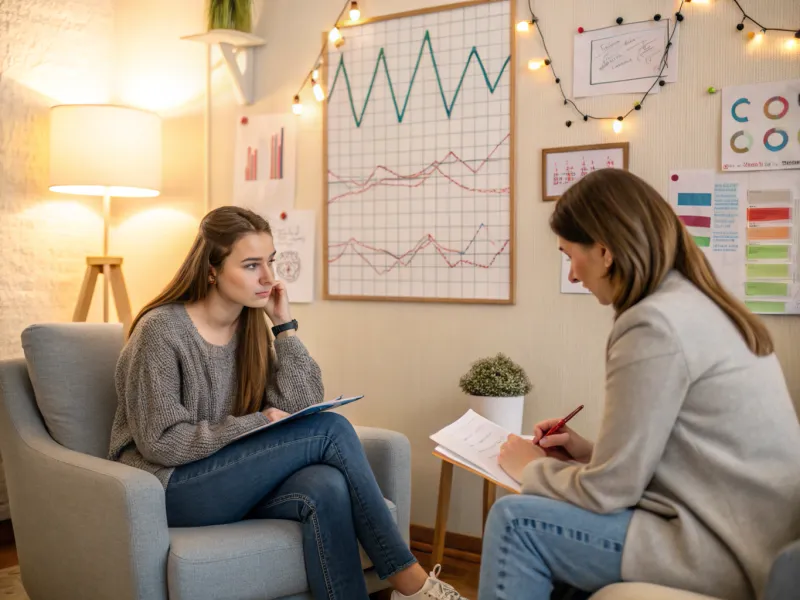
Understanding your past relationship patterns offers insights into your current romantic choices. Reflect on past partnerships and identify recurring themes—were your partners often distant or uninterested in your emotional needs? By acknowledging these patterns, you become more mindful of the traits you gravitate towards and those you should avoid.
This awareness is the first step towards changing your dating habits. Consider keeping a journal to track your thoughts and feelings about past relationships. As you uncover these patterns, it becomes easier to seek partners who align with your values and needs.
4. Embrace Emotional Self-Awareness

Emotional self-awareness is the ability to understand your emotions and how they influence your actions. Developing this skill helps you remain grounded in your needs and recognize when partners fall short of meeting them. Regular self-reflection allows you to connect with your feelings, fostering a deeper understanding of your emotional landscape.
It also equips you to communicate more effectively with others, reducing misunderstandings. Engage in practices such as mindfulness or journaling to enhance your emotional self-awareness. By doing so, you nurture a healthier relationship with yourself and, consequently, with potential partners.
5. Learn to Say No

Saying ‘no’ is a powerful tool in breaking free from emotionally unavailable relationships. It signifies that you prioritize your emotional health over the fear of rejection or conflict. Practicing the art of saying ‘no’ helps you establish what you truly want in a relationship and ensures your needs are respected.
It’s a declaration of your self-worth and a refusal to settle for less. Start small by asserting your preferences in everyday situations. Over time, this will empower you to reject relationships that don’t serve your emotional well-being.
6. Invest in Personal Growth
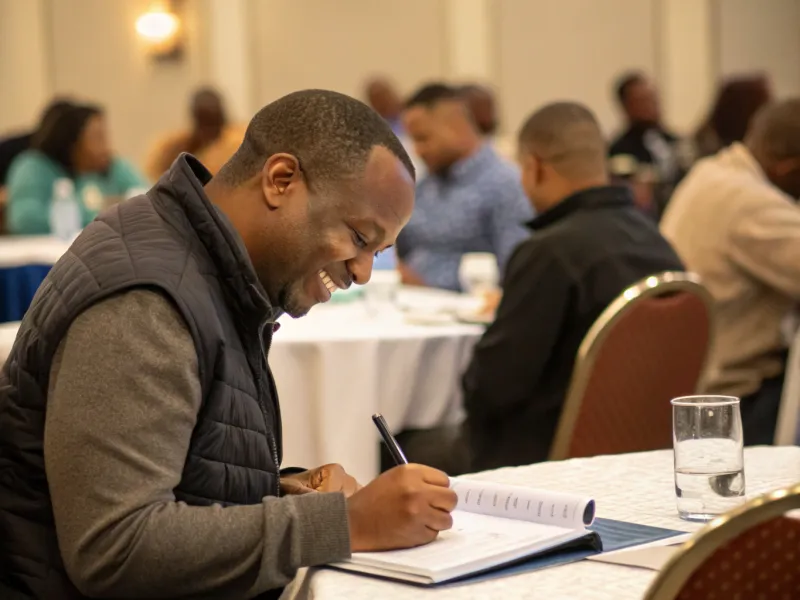
Personal growth is foundational in transforming your relationship patterns. When you focus on self-improvement, you cultivate qualities that attract emotionally available partners. Engage in activities that stimulate your personal development—such as workshops, reading, or therapy.
This journey towards self-betterment enhances your self-esteem and emotional resilience. Remember, as you grow, your standards for relationships will naturally evolve, steering you away from emotionally unavailable partners and towards those who compliment your personal growth.
7. Evaluate Your Self-Worth

Understanding your self-worth is essential in choosing partners who respect and value you. Often, a low sense of self-worth leads individuals to accept less than they deserve, perpetuating a cycle of unfulfilling relationships. Reflect on what you bring to the table in a partnership, and remind yourself of your unique qualities and strengths.
This self-knowledge acts as a compass in seeking partners who appreciate you. Engage in affirmative practices and surround yourself with people who uplift you. By bolstering your self-worth, you break free from patterns of emotional unavailability.
8. Seek Therapy or Counseling

Professional support can be invaluable in breaking the cycle of emotionally unavailable relationships. A therapist or counselor provides a safe space to explore your past and understand how it influences your current choices. Therapy helps illuminate patterns that are difficult to see on your own, offering guidance on how to alter them.
It provides tools to enhance your emotional health and relationship skills. Don’t hesitate to reach out for help. Choosing to work with a professional is a courageous step towards healing and developing healthier relationship dynamics.
9. Prioritize Emotional Availability

Emotional availability is a cornerstone of healthy relationships. Prioritizing it means seeking partners who are willing to share and engage emotionally. Assess potential partners for signs of emotional openness—are they willing to communicate honestly and express their feelings?
Recognizing these traits early on can prevent you from getting entangled with emotionally unavailable individuals. Focus on building connections where emotional reciprocity is evident. This not only enriches the relationship but also creates a supportive environment for emotional growth.
10. Practice Self-Compassion
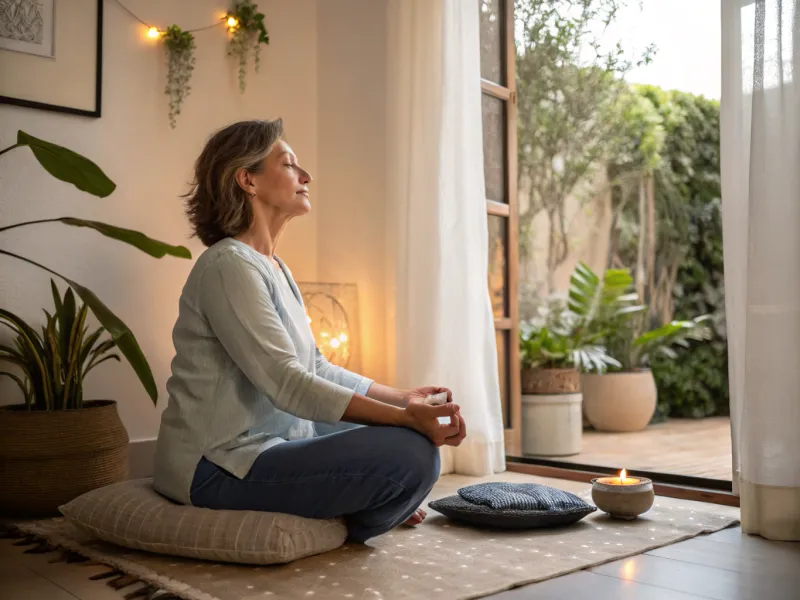
Self-compassion involves being kind to yourself, especially when dealing with the fallout of past relationships. It is a practice that fosters healing and resilience. When you treat yourself with understanding and forgiveness, you are better equipped to handle emotional challenges and avoid falling back into harmful patterns.
Engage in self-care activities that promote well-being. Remember, embracing self-compassion fortifies you against the cycle of choosing partners who are not emotionally available.
11. Cultivate a Supportive Network
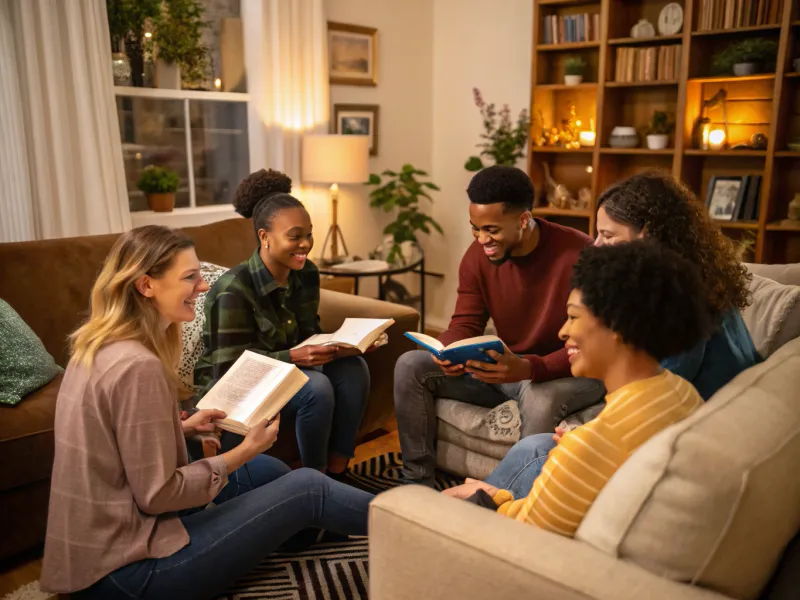
Building a network of supportive friends and family offers an external anchor outside of romantic relationships. Surround yourself with individuals who understand your goals and encourage your journey towards healthier relationships.
Their insights can provide new perspectives and validate your experiences. A strong support network helps you remain accountable to your relationship standards and prevents you from returning to emotionally unavailable partners.
12. Reflect on Childhood Influences
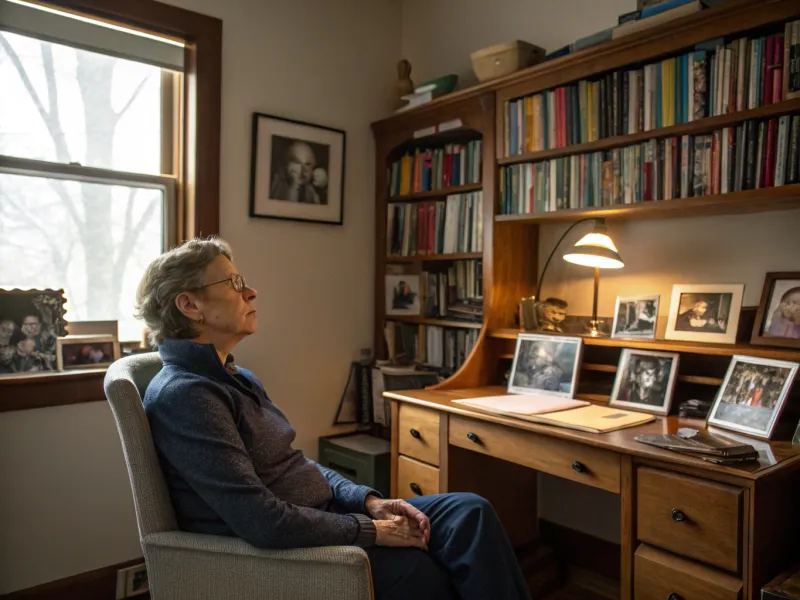
Childhood experiences shape our perceptions of love and relationships. Reflecting on these experiences can reveal the origins of patterns that lead to choosing emotionally unavailable partners. Consider your family dynamics and early attachments.
Were there instances that shaped how you view emotional intimacy? Understanding these influences empowers you to redefine your relationship criteria. Engage with these reflections through therapy or personal journaling. As you uncover these roots, you gain greater control over your relationship choices.
13. Avoid Idealizing Potential Partners

Idealizing potential partners can cloud your judgment and lead to disappointment. It’s essential to see people as they are rather than projecting your hopes onto them. Be mindful of red flags and avoid rationalizing behaviors that don’t align with your values.
Acknowledging reality ensures that you invest in relationships based on genuine qualities. Practice discerning observation and balance your idealism with realistic expectations. This approach safeguards you against the allure of emotionally unavailable partners.
14. Stay Present in the Relationship

Being present in your relationships involves engaging with your partner without distractions from past experiences or future anxieties. Focus on building a connection in the ‘now’ and appreciate the moments you share with your partner.
This practice enhances emotional availability and deepens intimacy. Cultivate mindfulness in your interactions, and resist the urge to compare your current relationship with past ones. Staying present ensures that you nurture relationships that are healthy and fulfilling.
15. Enhance Communication Skills

Effective communication is key to fostering emotional availability in a relationship. It involves expressing your feelings clearly and listening to your partner’s perspective. When both partners communicate openly, it creates an environment of trust and mutual understanding.
This openness is crucial in avoiding emotionally unavailable relationships. Work on enhancing your communication skills through active listening and honest expression. This effort lays the groundwork for emotionally rich connections.
16. Respect Your Own Emotions

Respecting your emotions means acknowledging and valifying your feelings without judgment. It is a practice of self-respect that informs your relationship choices. When you honor your emotions, you are less likely to compromise them for the sake of staying in a relationship.
This respect helps you attract partners who value your emotional experiences. Engage in self-reflective activities like journaling or therapy to deepen your emotional understanding. Respecting your emotions empowers you to choose healthier relationships.
17. Develop Healthy Dating Habits

Establishing healthy dating habits is essential for attracting emotionally available partners. This involves balancing your romantic pursuits with personal interests and commitments. Avoid rushing into relationships.
Take time to understand a potential partner’s emotional availability before becoming deeply involved. Healthy dating habits also include setting standards for how you wish to be treated. By adhering to these standards, you cultivate a dating life that is both fulfilling and respectful.
18. Avoid Emotional Dependency

Emotional dependency occurs when you rely on your partner to fulfill all your emotional needs. This dependency can lead to unbalanced relationships, especially with emotionally unavailable partners. Cultivate emotional independence by finding fulfillment in personal interests and friendships outside of your relationship.
This independence strengthens your self-worth and prevents unhealthy attachments. Recognize that a relationship should complement your life, not define it. By maintaining emotional autonomy, you attract partners who respect your individuality.
19. Identify and Address Red Flags
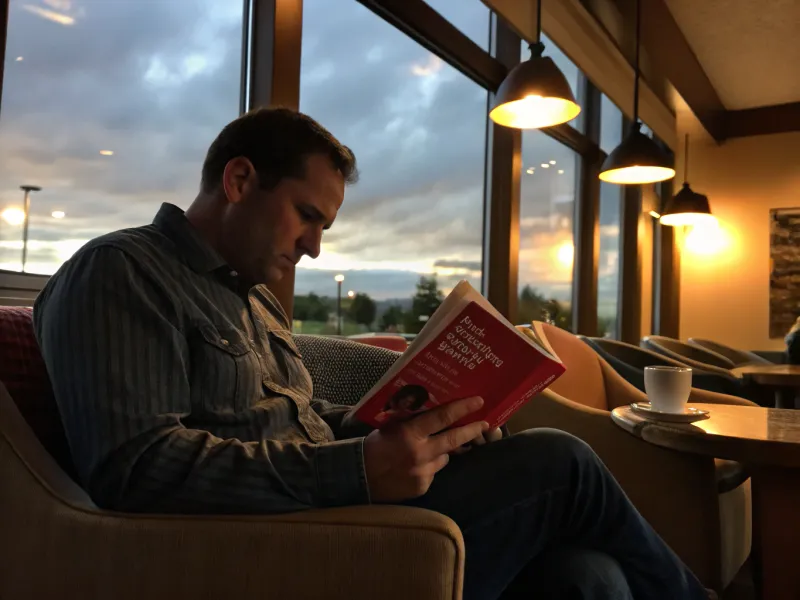
Red flags are warning signs that indicate potential issues in a relationship. Identifying these red flags early on helps you avoid emotionally unavailable partners. Common red flags include inconsistent communication, refusal to discuss emotions, or a history of short-lived relationships.
Paying attention to these signs can save you from heartache down the line. Educate yourself on red flags and trust your instincts when something feels off. Addressing these signs empowers you to make informed decisions about your romantic life.
20. Practice Mindful Dating

Mindful dating involves being fully present and aware during your dating experiences. It encourages you to approach relationships with curiosity rather than judgment. This mindfulness allows you to understand a partner’s emotional availability and assess whether they align with your relationship goals.
It also helps you enjoy the dating process without unnecessary pressure. Integrate mindfulness practices into your dating routine to enhance your emotional awareness. This approach nurtures a sense of peace and purpose in your relationships.
21. Seek Partners with Shared Values

Finding partners with shared values provides a strong foundation for an emotionally fulfilling relationship. Shared values foster alignment in life goals and mutual understanding. Reflect on what values are most important to you in a relationship, such as honesty, compassion, or ambition.
Seek partners who exhibit these qualities and whose life vision resonates with yours. Shared values enhance compatibility and reduce conflicts, creating a nurturing environment for emotional availability to flourish.
22. Express Your Needs Clearly

Expressing your needs clearly is a cornerstone of emotional availability. Openly communicating what you want from a relationship ensures that both partners are on the same page. Practice articulating your needs without fear of judgment or rejection.
This honesty fosters trust and encourages your partner to reciprocate, enriching the relationship. Clear communication of needs helps to identify whether a partner is emotionally available and willing to meet you halfway.
23. Recognize the Impact of Past Relationships
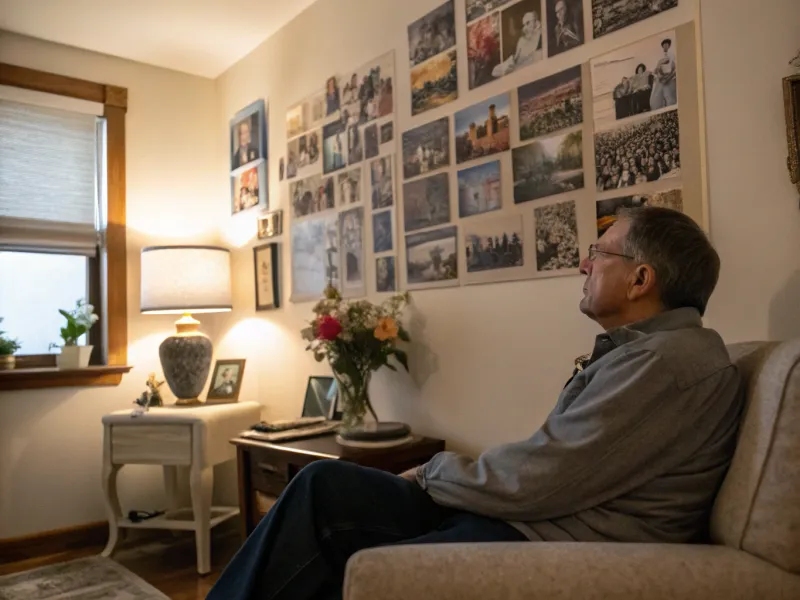
Our past relationships leave an imprint on our present choices. Recognizing how past experiences have shaped your romantic inclinations is crucial in breaking unhealthy patterns. Reflect on what you learned from past relationships, both positive and negative.
Consider how these lessons can guide your future choices and prevent repeating mistakes. Acknowledging the impact of past relationships empowers you with the wisdom to seek partners who align with your current aspirations and needs.
24. Focus on Building Emotional Intimacy

Emotional intimacy is the heart of a fulfilling relationship. Focusing on building this intimacy with your partner ensures a connection that is both deep and meaningful. Engage in activities that promote emotional sharing, like heartfelt conversations or collaborative projects.
These interactions strengthen the emotional bond between you and your partner. Prioritizing emotional intimacy cultivates a relationship environment where both partners feel seen and valued, deterring emotional unavailability.
25. Trust Your Instincts

Trusting your instincts is a powerful tool in avoiding emotionally unavailable partners. Your intuition often senses red flags that your conscious mind may overlook. When you have a gut feeling that something is off, give it the attention it deserves.
Reflect on these instinctual warnings and consider whether they align with your relationship goals. Trusting your instincts helps you navigate relationships with clarity and confidence, ensuring you choose partners who are emotionally present.
26. Create a Vision for Your Ideal Relationship

Creating a vision for your ideal relationship involves picturing what a healthy and fulfilling partnership looks like for you. This vision acts as a guide in your romantic journey. Consider the qualities and values you desire in a partner, as well as the dynamics you wish to foster.
Use this vision to steer your dating decisions and avoid settling for less. Crafting this vision empowers you to pursue relationships that align with your aspirations and emotional needs.
27. Engage in Self-Reflection

Self-reflection is a vital practice in understanding your relationship patterns and emotional needs. It involves examining your thoughts, actions, and experiences to gain insight. Regular self-reflection helps you identify areas for growth and recognize patterns that lead to emotionally unavailable partners.
It is a journey of self-awareness that enhances your romantic choices. Engage in introspective practices, such as journaling or meditative reflection, to deepen your understanding of your relationship dynamics.
28. Empower Yourself Through Knowledge

Knowledge is a powerful tool in breaking the cycle of choosing emotionally unavailable partners. Educating yourself about relationship dynamics equips you with the insights needed to make informed choices. Explore resources that delve into emotional intelligence, attachment theory, and healthy relationship practices.
This knowledge enriches your understanding and guides your relationship decisions. Empowerment through knowledge fosters confidence and clarity, helping you navigate relationships with wisdom and intention.
